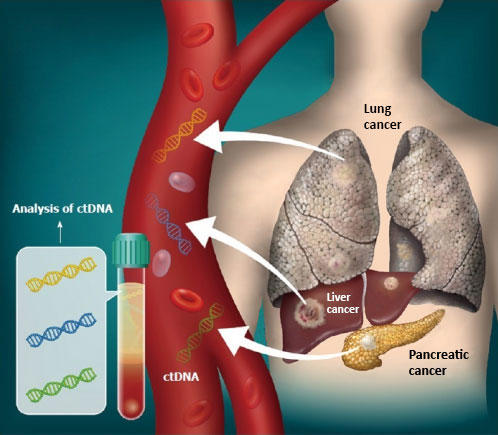
The Black Summer bushfires of 2019-20, that razed more than half of the landscape on Kangaroo Island in South Australia, left an indelible mark on the island's unique native biodiversity which is still struggling to recover.

However, one big bonus for the environment's recovery is the likely eradication of feral pigs, say ecology and biosecurity experts from Flinders University and the State Government Department of Primary Industries and Regions South Australia (PIRSA).
Invasive feral pigs (Sus scrofa) cause a wide range of environmental, economic and social damages. In Australia, feral pigs occupy about 40% of the mainland and offshore islands, with a total, yet highly uncertain, population estimated at around 13.5 million.
Feral pigs are recognised as a key threatening process under the Environment Protection and Biodiversity Conservation Act 1999, with impacts on at least 148 nationally threatened species and eight threatened ecological communities (Commonwealth of Australia 2017). They are a declared invasive species and the subject to control programs in all Australian jurisdictions.
In a new article published in international journal Ecosphere, scientists from the Flinders University Global Ecology Lab and PIRSA give optimal strategies for culling feral pigs.
This could be helpful in Australian and elsewhere where feral pigs are a major environmental problem, says lead author Peter Hamnett, a PhD at the Flinders University.
"Globally, feral pigs cause extensive damage to biodiversity and agricultural land and infrastructure, so successes like this one are extremely important," he says.
"As well as likely having eradicated pigs entirely, the success of the program was even more astounding when you consider its rough terrain and large size - as Kangaroo Island is Australia's third-largest island at 4430 square kilometres."

Despite an estimated cost up to $40 billion a year for global management and economic losses of invasive species, reduction and eradication campaigns are often ad hoc, researchers say.
First introduced to the island in 1803, the feral pig population grew exponentially, mainly on the western end of the island where native flora and fauna attracts tourists from around the world. Despite sporadic eradication efforts, the annual cost to farming and the economy has run around $1 million.
Co-author Corey Bradshaw, Professor of Global Ecology at Flinders University and the Australian Research Council Centre of Excellence for Australian Biodiversity and Heritage, says: "This is an important result, particularly when many attempted eradications of invasive species are prone to fail. It also was well-timed after the fires on Kangaroo Island already reduced the pig population by about 90 per cent."
The program managed to kill 900 pigs in total, using the most advanced technology including trapping and thermal imaging from helicopters. Follow-up monitoring is checking whether any pigs remain.
Major investment from State, Commonwealth and other partners, totalling about $7 million, was another reason the Kangaroo Island program has been successful.
"The paper assesses the costs and techniques that led to success, which will help land managers to select the most cost-effective control methods in the future," says Mr Hamnett.
"The method we applied will support decision-making in future feral animal eradication programs, allowing pest managers to identify the best control methods and estimate expenditure to achieve eradication in a realistic timeframe.
"More effective eradication strategies will give project investors, partners and local communities more confidence and, in turn, attract more support and help."
The eradication program was funded by the State and Commonwealth governments, Kangaroo Island Landscape Board and the South Australian livestock industry.
The PIRSA and Flinders University eradication modelling review included collaborations with the KI Landscape Board, National Parks and Wildlife Service, Livestock SA, AgKI, KI Land for Wildlife, KI landholders and tourism stakeholders.
The article, 'Stochastic population models to identify optimal and cost-effective harvest strategies for feral pig eradication' (2024) by Peter Hamnett, Frédérik Saltré, Brad Page, Myall Tarran, Matt Korcz, Kate Fielder, Lindell Andrews and Corey Bradshaw will be published in the journal Ecosphere. DOI: 10.1002/ecs2.70082






